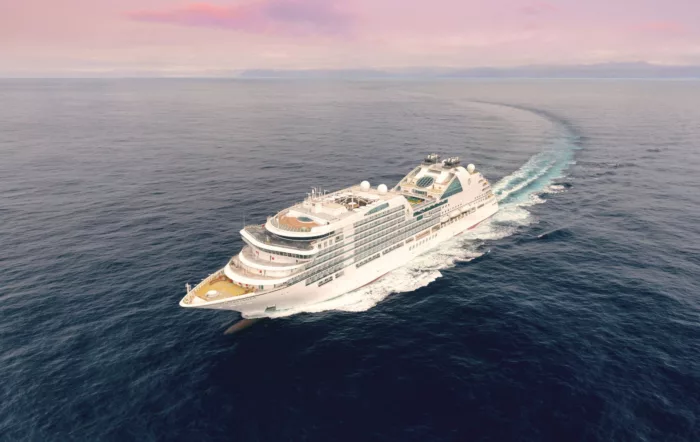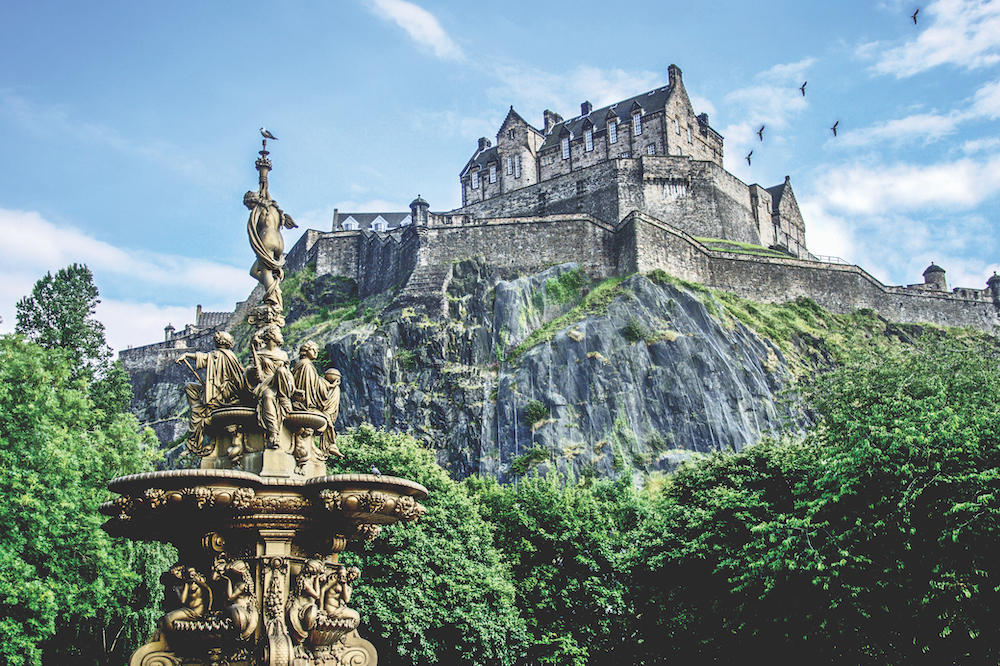
Seabourn
For decadent luxury that sails hand-in-hand with personalised experience and in-depth access to world heritage, may we introduce Seabourn Cruises.
Blending nimble power and grace with beautifully designed spaces, Seabourn ships can be likened to lavish resorts. Except, uniquely, the staff already know you just as they also remember your favourite drink.
604
Passengers
450
Crew
2018
Launched
40350t
Tonnage
210m
Length
28m
Width
19kts
Speed
12
Decks
USD
Currency
Cruise Itinerary
Day 1
Barcelona, Spain
Day 2
Mahón, Menorca, Spain
Day 3
Palma de Mallorca, Spain
Day 4
At Sea
Relax and make the most of the myriad of facilities available on board the ship, from fantastic entertainment to delicious and diverse dining options.
Day 5
Sète, France
Day 6
Toulon, France
Day 7
Monte-Carlo, Monaco
Day 8
Portofino, Italy
Day 9
Calvi, Corsica, France
Day 10
Olbia, Italy
Day 11
Civitavecchia, Italy
Day 12
Salerno, Italy
Day 13
Lipari, Italy
Day 14
Valletta, Malta
Day 14
Mgarr, Gozo, Malta
Day 15
Valletta, Malta
Day 16
Trapani, Sicily, Italy
Day 17
La Goulette, Tunisia
Day 18
At Sea
Relax and make the most of the myriad of facilities available on board the ship, from fantastic entertainment to delicious and diverse dining options.
Day 19
La Ciotat, France
Day 20
Roses, Spain
Day 21
Barcelona, Spain

Day 1
Barcelona, Spain

Day 2
Mahón, Menorca, Spain

Day 3
Palma de Mallorca, Spain

Day 4
At Sea

Day 5
Sète, France

Day 6
Toulon, France

Day 7
Monte-Carlo, Monaco

Day 8
Portofino, Italy

Day 9
Calvi, Corsica, France

Day 10
Olbia, Italy

Day 11
Civitavecchia, Italy

Day 12
Salerno, Italy

Day 13
Lipari, Italy

Day 14
Valletta, Malta

Day 14
Mgarr, Gozo, Malta

Day 15
Valletta, Malta

Day 16
Trapani, Sicily, Italy

Day 17
La Goulette, Tunisia

Day 18
At Sea

Day 19
La Ciotat, France

Day 20
Roses, Spain

Day 21
Barcelona, Spain
Ship Details


Seabourn
Seabourn Ovation
Introducing Seabourn Ovation, the sister-ship to the already prestigious Seabourn Encore.
Cabins
All Prices




















